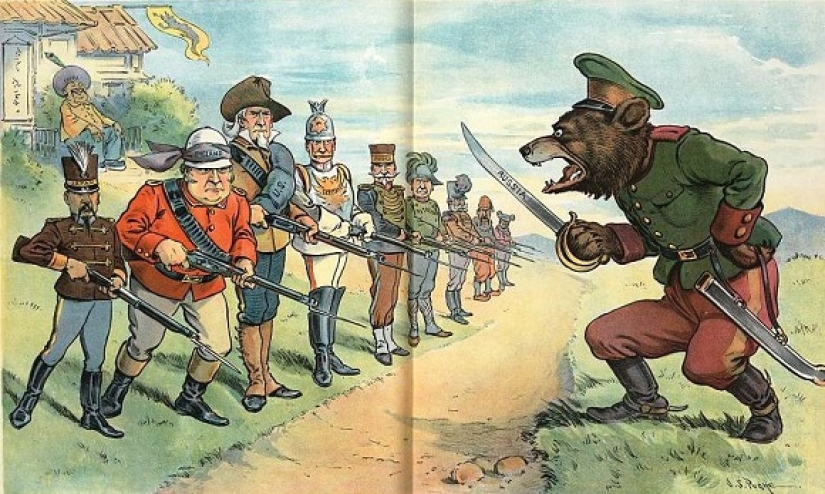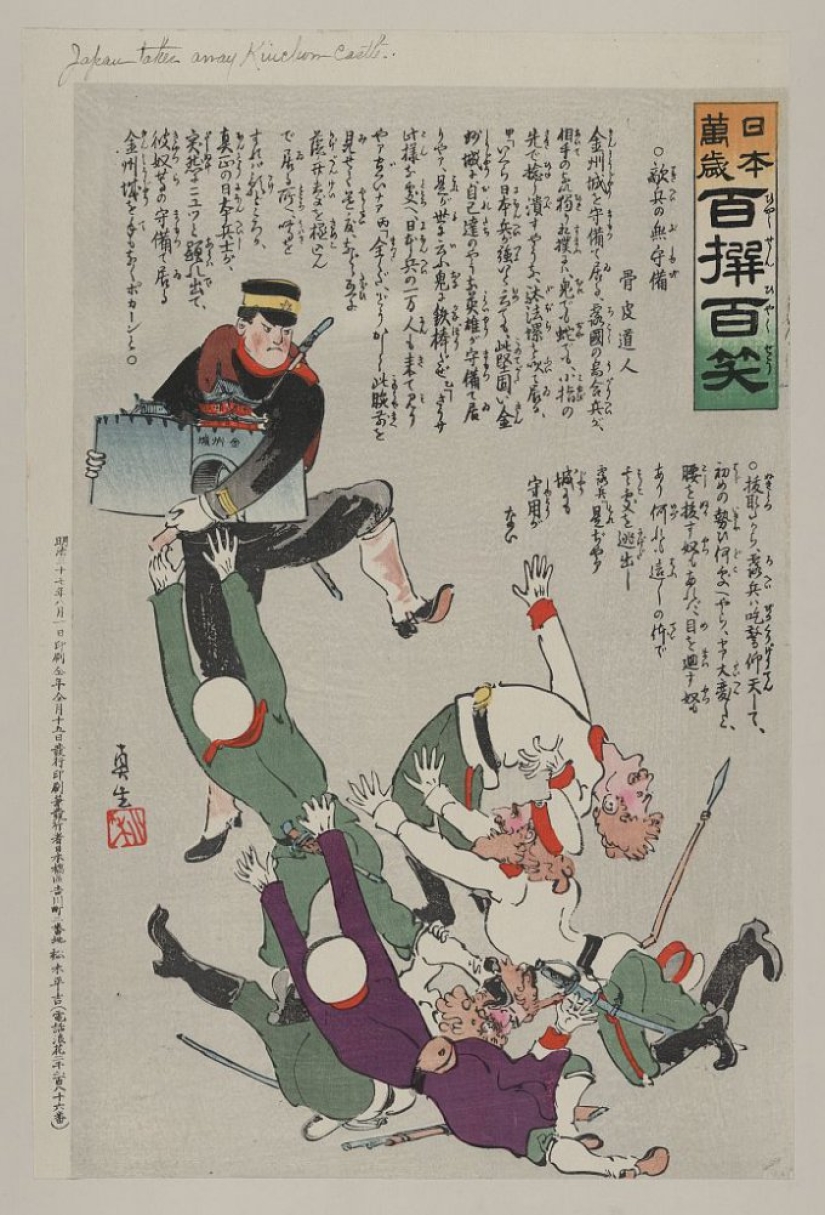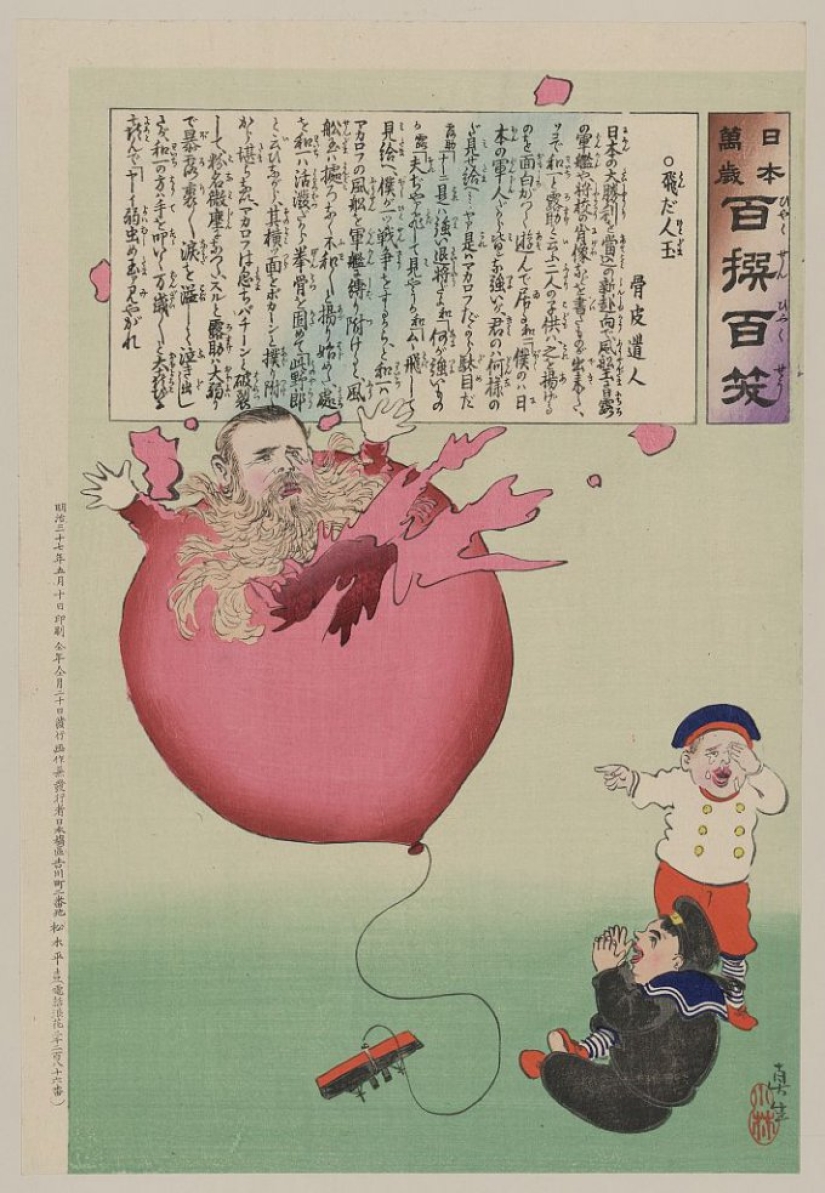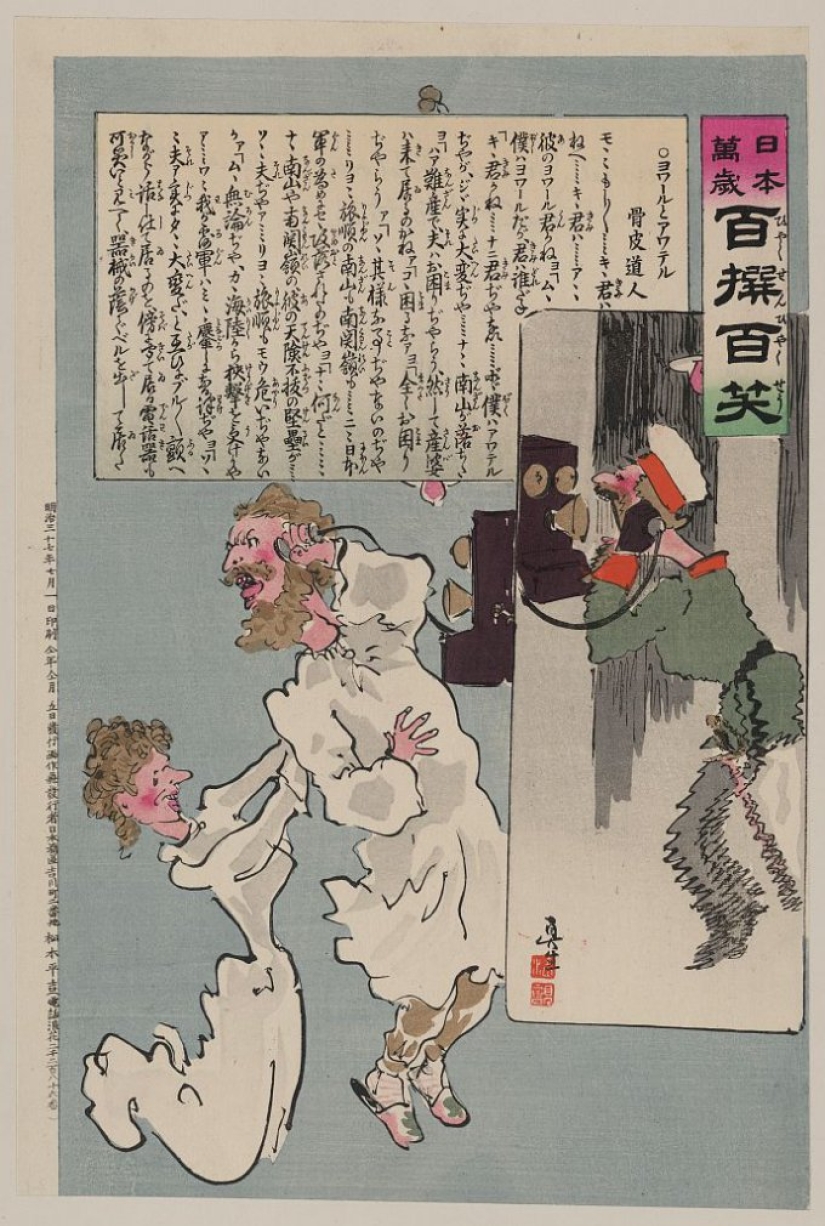Bears, ballerinas and shaggy Cossacks: why did foreigners of the XIX century portray Russians in this way
Categories: Culture | Positive | World
By Pictolic https://pictolic.com/article/bears-ballerinas-and-shaggy-cossacks-why-did-foreigners-of-the-xix-century-portray-russians-in-this-way.htmlAt a time when there was no Internet, television, and tourist opportunities were limited, people had ideas about other peoples from books or pictures. The caricature in this formation of the image of the "other people" played an important role.
It was based on satirical pictures that Europeans, Americans, and Japanese formed their idea of us, Russians. In the caricatures of that time, the Russian looks like a fierce wild beast. King Kong, who got into a civilized city. Of course, the caricature is saturated with hyperbole, but behind the uncut Cossacks, cannibalistic monarchs and treacherous bears, you can see a Great Country, a great force.


The image of Russia in modern Western caricature has changed a lot, it has become more flat, less charismatic, peripheral. Apparently, we do not inspire Western cartoonists today. And that means something is wrong with us. Without anger and partiality, we consider American and Japanese cartoons dedicated to Russia, the end of the XIX and the beginning of the XX century. And we are trying very hard to find similarities with us today.











Keywords: 19th century | Interesting | Cartoons | Bears | Russians
Post News ArticleRecent articles

Most of us loved as kids magic tricks, but someone loves them right now. However, the attitude to the hoax became a few others ...

Everything is changing. This is well and has long been known to everyone. But when something stays with you for a long time, it is ...
Related articles

Everything is changing. This is well and has long been known to everyone. But when something stays with you for a long time, it is ...

One of the most famous sayings of Horace says: "no One can know everything!". And we completely agree with his opinion. Every day, ...

Funerary implements in archaeology and anthropology are objects that were buried with the body, and researchers have learned quite ...

Compared to the 1970-ies 1980‑e years were a time of cautious optimism in new York. Boom on wall street fueled the speculative ...